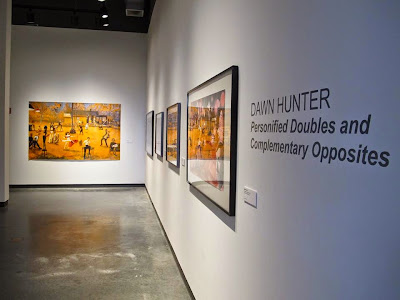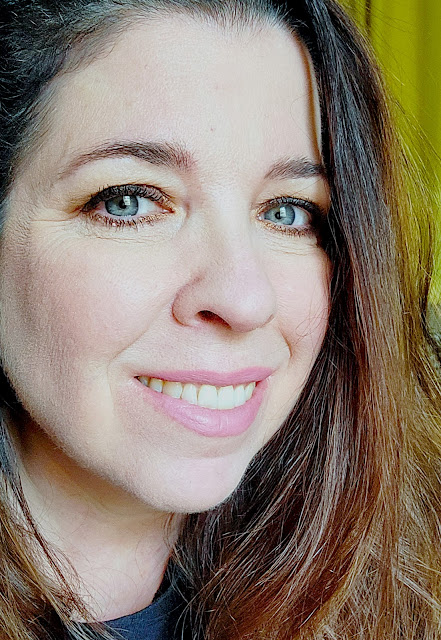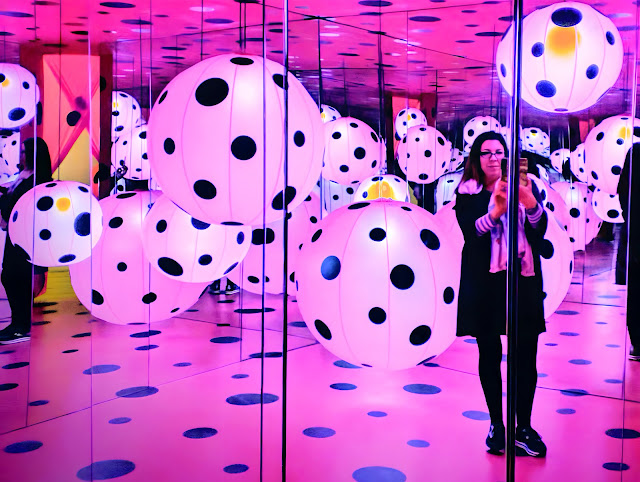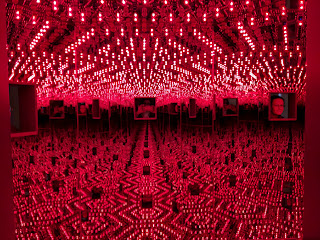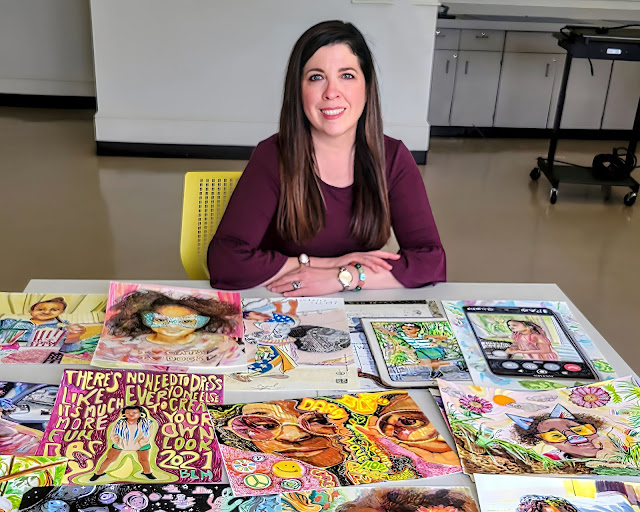I'm thrilled to share that my trademark application for Dawn Hunter Art ® was approved on Valentine's Day, which made it even more special! Life has its poetry.
As an artist, safeguarding my brand and intellectual property is essential; obtaining a registered trademark is the key to achieving that. Applying for and obtaining a trademark can be quite intricate and lengthy, but the legal protection it provides is definitely worth the effort. I hired an attorney to make sure everything went smoothly.
If you're considering registering a trademark, whether you're planning to do it independently or with legal assistance, I've put together some helpful information below to help guide you.
Having a common name has posed challenges in protecting my artistic identity. I have experienced hurdles with Artificial Intelligence search algorithm errors and sometimes others taking credit for my work or falsely representing themselves as me, i.e. combining my credentials with their own or not correcting misattribution. These incidents have highlighted the importance of protecting my artistic identity through intellectual property measures such as registered copyrights and trademarks. By taking legal steps to secure my brand, I can prevent others from using my name or brand without permission and potentially damaging my reputation or career.
Types of Trademarks
- Brand awareness: A trademark plays a crucial role in establishing your brand's presence in the market, making it simpler for people to recognize your work and associate it with your products or services.
- Legal safeguard: Securing a trademark registration offers you legal protection and the privilege to utilize the mark in commerce. This serves as a foundation for pursuing legal recourse against anyone who may try to exploit your mark without authorization or violate your intellectual property rights.
- Opportunities for licensing: Holding a registered trademark paves the way for striking licensing agreements and forming collaborations with fellow artists, companies, or organizations eager to harness your brand for their own ventures.
- Reputation defense: Registering your trademark also aids in preserving your reputation by stopping others from using your name or mark in ways that could harm your brand or create confusion in the market.
DAWN HUNTER ART ®
People can choose from an array of trademark options tailored to their unique business requirements and the kind of trademark they aim to secure. Keep in mind that certain trademarks may fall under more than one category.. For instance, a combination mark might consist of both a word mark and a design mark. In my experience, I registered Dawn Hunter Art® as both a word mark and a design mark, necessitating two separate applications, each with its own unique registration number.
Below is a list of some frequently encountered trademark types:
- Word Mark: This trademark type is solely composed of text, such as a company name, slogan, or product name.
- Design Mark: Consisting of a logo, image, or other visual design, this trademark type often works in tandem with a word mark to create a brand logo.
- Combination Mark: This trademark type merges text and design elements, commonly used to develop a distinctive brand logo that includes both the company name and a visual component.
- Service Mark: Protecting a service rather than a tangible product, this trademark type serves to identify and differentiate the source of a service in the market.
- Collective Mark: Utilized by groups or organizations to identify their members or affiliates, this trademark type is popular among trade organizations and professional associations.
- Certification Mark: This trademark type certifies that a product or service adheres to specific standards or quality levels, frequently seen in industries such as food or organic products.
- Sound Mark: Comprising a unique sound or musical jingle, this trademark type identifies a product or service and is often employed in radio or television advertisements.
Trademark Process
Selecting the appropriate trademark to suit your specific requirements and offer optimal protection for your brand is essential. For instance, my trademark goes beyond my artwork's visual appearance or style, encompassing the educational aspects and the unique research I have conducted on long-term projects, such as my series and Fulbright research on Santiago Ramón y Cajal or my sabbatical project, Personified Doubles and Complementary Opposites.
In my opinion, it's crucial to collaborate with a seasoned trademark attorney to guarantee proper registration of your trademark and assist in safeguarding your intellectual property rights over time.
The trademark application process can be somewhat intricate, but it typically involves these steps:
- Conduct a trademark search: Prior to applying for trademark registration, it's vital to conduct a comprehensive search of existing trademarks to ensure that your proposed trademark isn't already in use by another brand. This helps you avoid potential conflicts or legal issues later on.
- Prepare and submit the application: After verifying that your trademark is available, you need to prepare and submit a trademark application to the relevant government agency. In the United States, this is usually the United States Patent and Trademark Office (USPTO). The application should include details about your trademark, such as the mark itself, the goods or services it represents, and the mark's owner.
- Wait for the application review: Once your trademark application is filed, a trademark examiner, who is an attorney employed by the USPTO, will be assigned to review it and ensure it meets all registration requirements. This review process can take several months, depending on the queue and the complexity of your application.
- Respond to any office actions: If the trademark examiner has concerns or questions about your application, they may issue an office action requesting additional information or revisions. It's important to respond promptly to these office actions to maintain your application's progress.
- Obtain approval and registration: When a trademark application is approved by a USPTO examining attorney, it is published in the Official Gazette of the United States Patent and Trademark Office. This publication informs the public of your trademark application, allowing those with objections or oppositions to raise concerns due to conflicts with their marks. If concerns emerge, a legal proceeding takes place before the Trademark Trial and Appeal Board (TTAB), an administrative tribunal within the USPTO. The TTAB evaluates the opposition and determines whether to permit the trademark registration or deny it based on the opposition. If no concerns arise, your mark will be assigned a number and officially registered.
Navigating the trademark application process is complicated; seeking assistance from a knowledgeable trademark attorney is essential. They can answer your questions and handle the application for you. This will ensure errors aren't made, or details are overlooked. Their guidance will help ensure the best possible outcome for your application.
Conclusion
Securing a registered trademark has been a vital step for me in safeguarding my artistic brand and fortifying my intellectual property rights. Although the process might seem overwhelming, I urge fellow artists to take this essential stride in defending their work and professional personas. Don't let apprehension about the unknown or the perceived hassle of the application process deter you from shielding your creations. With the legal protection that trademark registration affords, you can rest easy knowing that your dedication and skills are well protected. As artists, our distinct voices and outlooks warrant both acknowledgment and defense. Let's embrace our artistry and preserve our creative legacies through intellectual property rights.




